Klein Tools NCVT-6 Manual
Klein Tools
Måleudstyr
NCVT-6
| Mærke: | Klein Tools |
| Kategori: | Måleudstyr |
| Model: | NCVT-6 |
Har du brug for hjælp?
Hvis du har brug for hjælp til Klein Tools NCVT-6 stil et spørgsmål nedenfor, og andre brugere vil svare dig
Måleudstyr Klein Tools Manualer
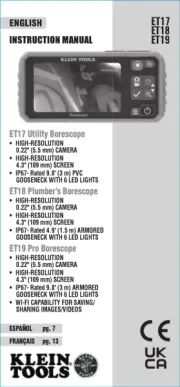
1 Januar 2025

28 December 2024

21 September 2024

21 September 2024
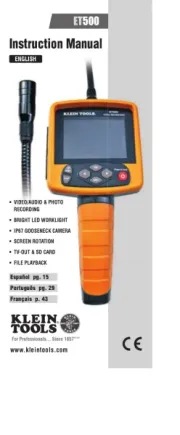
3 September 2024
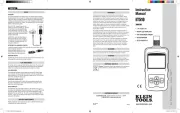
3 September 2024
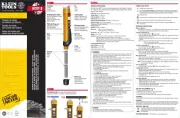
3 September 2024
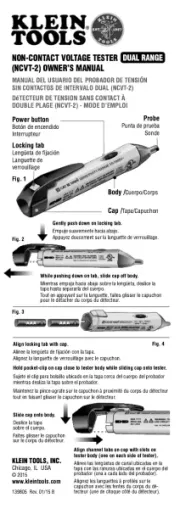
3 September 2024
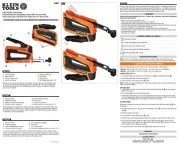
3 September 2024
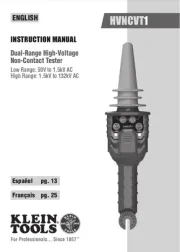
3 September 2024
Måleudstyr Manualer
- INFICON
- Rossmax
- TrueLife
- Werma
- Voltcraft
- Fixpoint
- Eizo
- Noyafa
- LabNation
- NEO Tools
- Megasat
- Beckmann & Egle
- Chauvin Arnoux
- Atmel
- Trumeter
Nyeste Måleudstyr Manualer

3 April 2025

3 April 2025

3 April 2025

3 April 2025

3 April 2025

3 April 2025

3 April 2025

3 April 2025

3 April 2025

3 April 2025
